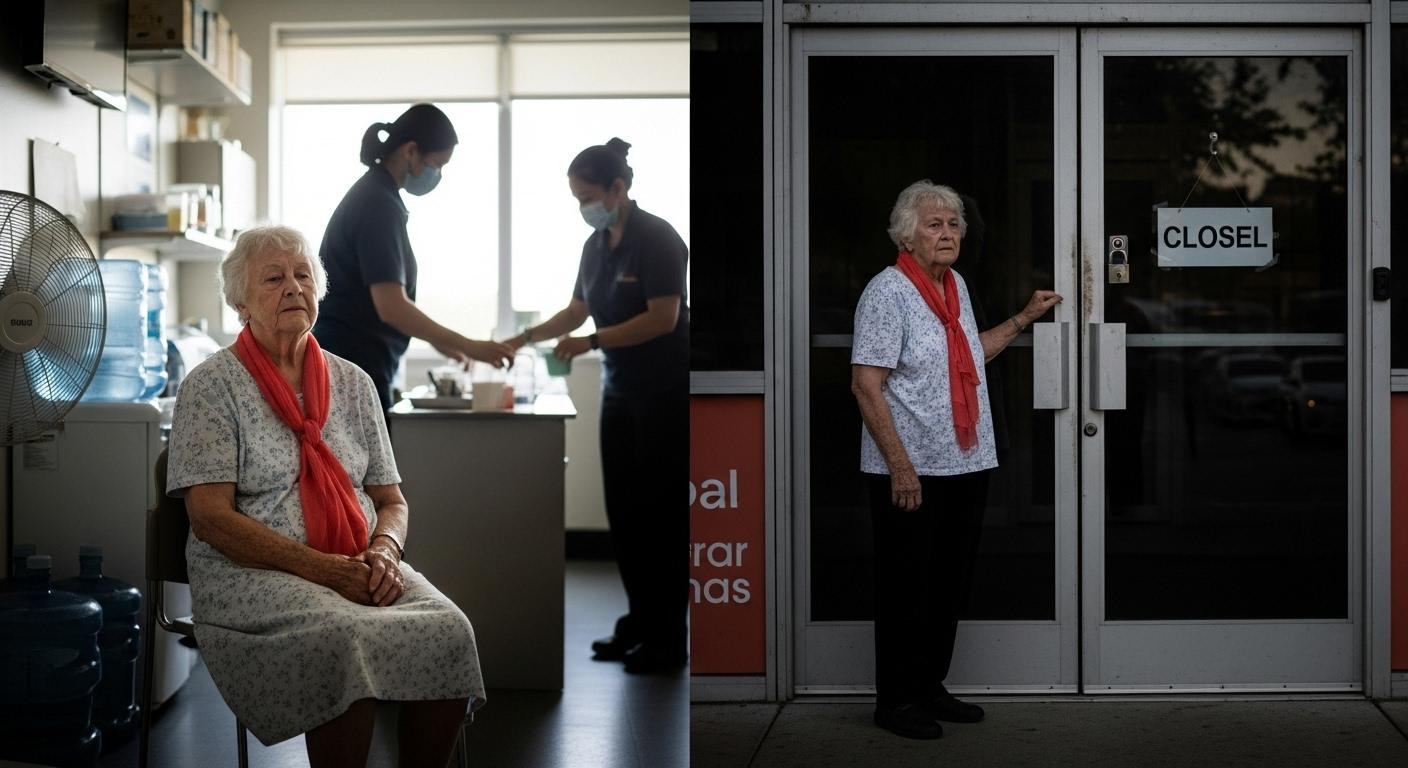AEMET’s August 2025 forecast was scientifically flawless. Temperatures hit predicted 109°F peaks from August 4-24 across southwestern Spain. Regional warnings activated cooling centers, distributed water, urged heat precautions. Yet when mortality data arrived, 1,180 heat-related deaths occurred between May-July alone. A tenfold increase from 2024’s 114 deaths. The counter-intuitive revelation: accurate prediction didn’t equal protection.
What scientists now reveal about this gap transforms how we prepare for extreme weather. Perfect forecasting met imperfect readiness.
AEMET’s forecast was scientifically perfect yet deaths surged 10-fold
AEMET’s Extended Range Prediction System nailed every detail. August 4-24 heatwave window materialized exactly as modeled. 109°F peaks in Andalusia matched computer projections. Regional temperature anomaly maps proved remarkably accurate.
Yet Carlos III Health Institute mortality data revealed catastrophic failure. 1,180 deaths May-July 2025 versus 114 in 2024’s same period. Meteorologists studying weekly temperature anomalies found readings exceeding climatological values by several degrees Celsius.
The central mystery emerged clearly. Why did perfect forecasting coincide with unprecedented mortality rates? Hidden factors experts identified explain this deadly paradox.
The invisible gaps science couldn’t predict
Infrastructure failures created mortality clusters nobody anticipated. High electricity demand caused rolling blackouts in Seville, Córdoba during 105-109°F afternoons. AEMET predicted temperatures but couldn’t forecast grid strain.
Power outages during peak heat disabled home cooling
Vulnerable populations lost life-saving air conditioning access exactly when most needed. Elderly residents and chronic illness patients faced 6-hour power cuts during peak danger hours. Grid operators hadn’t prepared for simultaneous cooling demand across multiple provinces.
Public cooling centers closed gaps that killed
Operational failures proved deadly. Cooling centers operated 9 AM-6 PM schedules, yet peak danger hours were 6 PM-midnight. Heat accumulated in poorly insulated homes after official facilities closed. Geographic coverage left rural areas 30+ miles from nearest facility. Mismatch between meteorological accuracy and public health infrastructure response proved fatal.
What Summer 2025’s hottest record since 1916 revealed
Spain’s mainland average reached 75.6°F, hottest since 1916. This concealed localized extremes that killed. Urban heat islands in Madrid, Seville experienced 9-14°F higher nighttime temperatures than official monitoring stations.
75.6°F average masked deadly micro-climates
June’s +6.5°F anomaly created unprecedented sleep disruption, cumulative heat stress. Most abnormally warm month on record preceded August’s fatal heatwave. Nine of ten warmest summers occurred this century, establishing 2025 as culmination rather than anomaly.
Vulnerable populations fell through prediction-action gap
Specific mortality demographics revealed systemic failures. Elderly in poorly insulated housing faced impossible choices. Outdoor workers during midday hours despite warnings. Low-income families unable to afford continuous AC operation. AEMET’s science reached everyone; adaptive capacity didn’t.
Autumn 2025 forecast carries new urgency
AEMET’s autumn prediction shows warmer than normal, less rainy conditions for September-November 2025. This forecast now carries weight of summer’s lessons. Accurate prediction requires matched infrastructure, targeted vulnerable population support, extended cooling center hours.
The counter-intuitive lesson emerges clearly. Better forecasting without systemic resilience improvements won’t prevent future mortality. Summer 2025’s 1,180 deaths prove scientific accuracy alone isn’t enough. Preparation systems must match prediction precision. Grid reinforcement, cooling infrastructure, vulnerable population protocols need equal investment.
Your questions about AEMET’s August 2025 temperature forecast answered
How accurate was AEMET’s August heatwave prediction?
Scientifically precise beyond question. Predicted August 4-24 window materialized exactly. 109°F peaks occurred as forecasted. Regional distribution matched computer models. Extended Range Prediction System validated AEMET’s methodology completely.
Why didn’t accurate forecasts prevent 1,180 deaths?
Infrastructure gaps proved fatal. Power failures during peak heat. Cooling center hours mismatched danger periods. Geographic coverage failures in rural areas. Socioeconomic barriers prevented AC operation. Cumulative heat stress from record June temperatures. Prediction reached populations; adaptive resources didn’t.
What does Spain’s hottest summer since 1916 mean for future heatwaves?
Climate change intensifies frequency and duration. Nine of ten warmest summers occurred this century. Future preparedness requires infrastructure resilience matching meteorological precision. Cooling systems, grid capacity, vulnerable population protocols need equal development with forecast accuracy.
October Mediterranean light now bathes Andalusia in gentler warmth. Summer 2025’s scorching winds have passed. Yet in climate data centers, meteorologists study that August heatwave not as prediction failure, but as prevention system revelation. Next summer’s extreme heat won’t surprise science.
